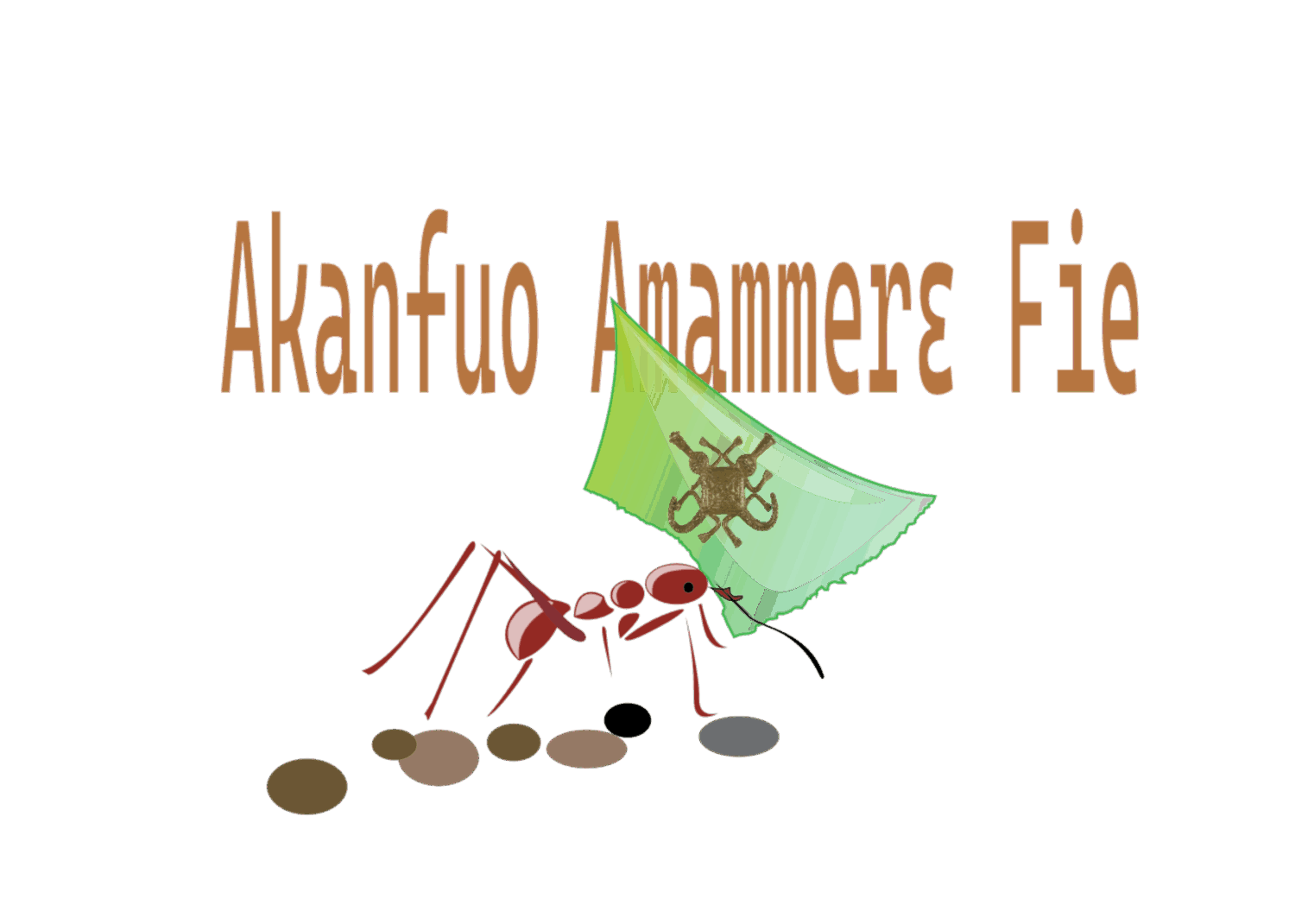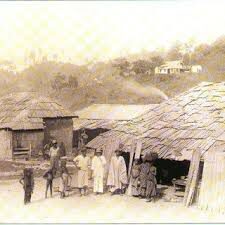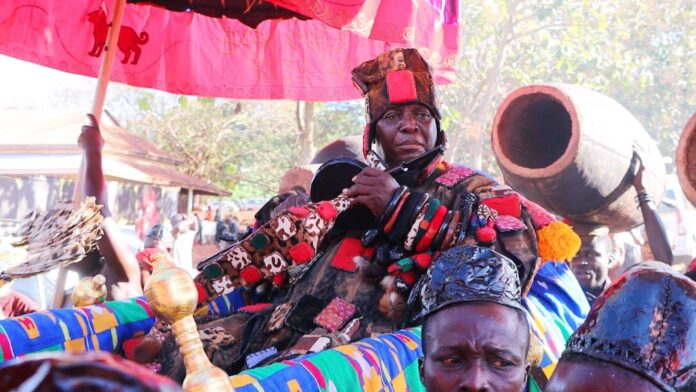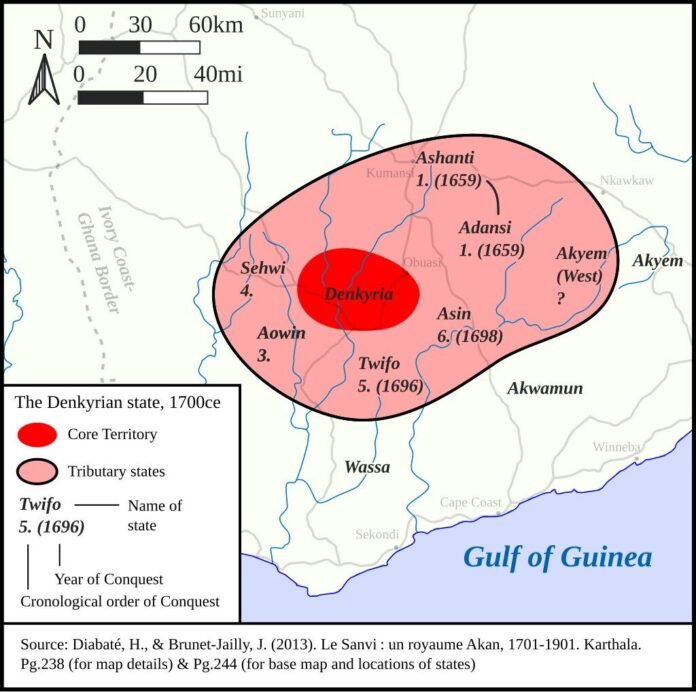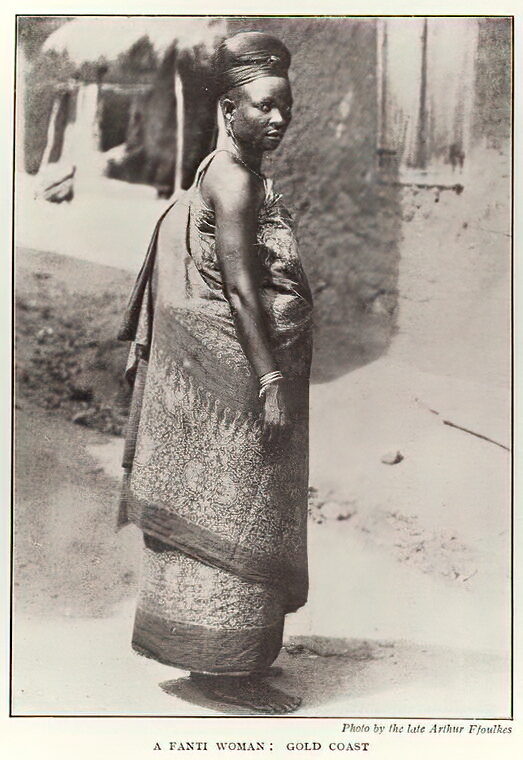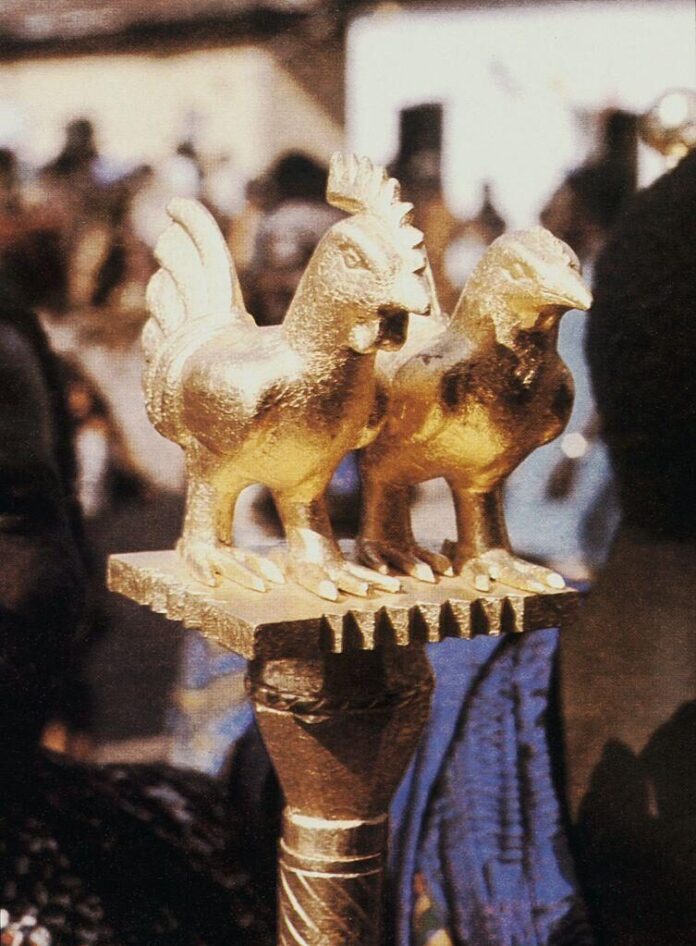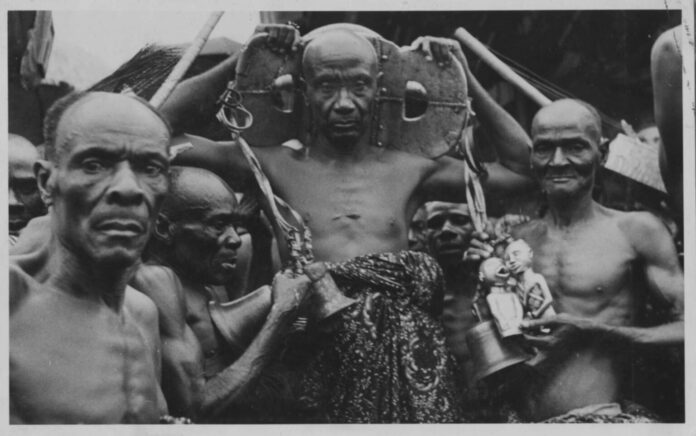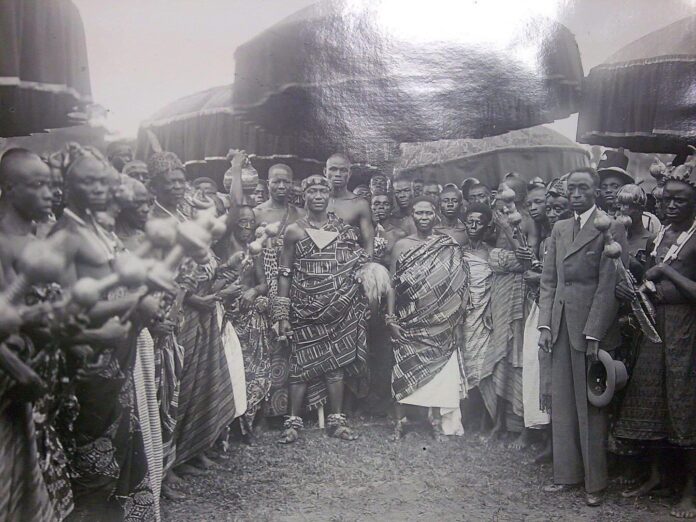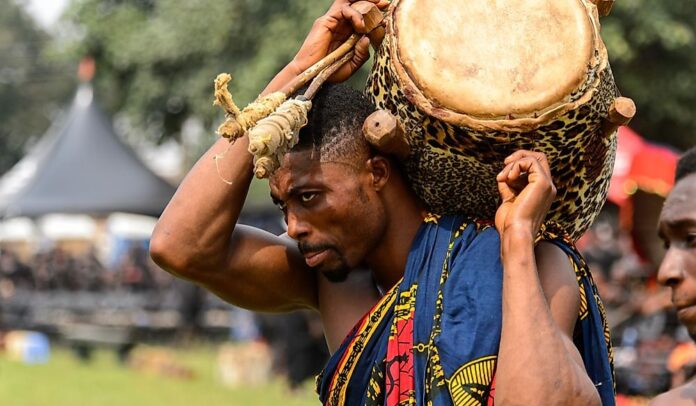In Akan oral memory, Adanse is the cradle of civilization, the soil where Odomankoma, the Creator, began shaping the world.
Tradition holds that the ancestors of the Asante first lived in Adanse and Amansie. This ancient land, stretching between the Pra River and the Kusa range, nurtured many of the clans that would later form the backbone of Akan politics. From Adanse came the Asona, who founded Ejisu and Ofeso; the Bretuo, who settled in Mampon; the Oyoko, whose lineage gave rise to kings; and the Agona, founders of Denkyira — one of the earliest powerful Akan states
Forces of Change
Yet Adanse did not remain peaceful forever. As neighboring states like Denkyira and Akwamu expanded their influence in the 1600s, the Adanse region faced political pressure. Denkyira, under kings such as Wesempe-Ampem, commanded a powerful army that reshaped the balance of power in the forest belt.
This tension set several clans in motion. Some left due to succession disputes; others fled overcrowding or sought new lands for farming and trade. By the mid-1600s, waves of migration began moving northward, eventually laying the foundations for Asante’s future cities: Kumasi, Dwaben, Nsuta, and Mampon.
Migration
The migration was neither random nor peaceful. Those who moved north met older populations, the Guan and Bono, already living in the region. Archaeological evidence, including Neolithic artifacts in Adanse, suggests that these lands had been inhabited for millennia.
Conflicts broke out, but so did integration. The newcomers fought the Dormaa and Akyem peoples, driving some away while absorbing others into new settlements.
Through these encounters, the migrants developed a sharper sense of unity and military skill, learning the art of war from neighboring states like Denkyira.
New States
By the late seventeenth century, scattered settlements began to form recognizable political units known as Amantuo, tribal or proto-state formations.
Early centers included Kumasi, Mampon, Dwaben, Kumawu, and Ofeso. Each consisted of a main town surrounded by smaller villages that looked to it for protection and trade.
These emerging polities shared language, kinship, and cultural values but remained politically independent. Still, they were bound. The same forces that pushed them out of Adanse would later pull them together under the leadership of the Oyoko clan, into what the world would come to know as Asanteman.
Adanse thus stands as both an ending and a beginning: the final chapter of the old Akan order and origin of the Asante nation.
